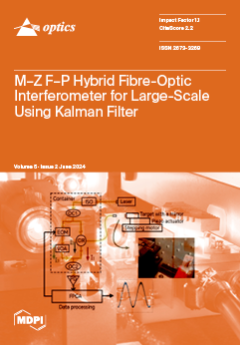Governments and energy providers all over the world are moving towards the use of renewable energy sources. Solar photovoltaic (PV) energy is one of the providers’ favourite options because it is comparatively cheaper, clean, available, abundant, and comparatively maintenance-free. Although the PV energy
[...] Read more.
Governments and energy providers all over the world are moving towards the use of renewable energy sources. Solar photovoltaic (PV) energy is one of the providers’ favourite options because it is comparatively cheaper, clean, available, abundant, and comparatively maintenance-free. Although the PV energy source has many benefits, its output power is dependent on continuously changing weather and environmental factors, so there is a need to forecast the PV output power. Many techniques have been employed to predict the PV output power. This work focuses on the short-term forecast horizon of PV output power. Multilayer perception (MLP), convolutional neural networks (CNN), and
k-nearest neighbour (
kNN) neural networks have been used singly or in a hybrid (with other algorithms) to forecast solar PV power or global solar irradiance with success. The performances of these three algorithms have been compared with other algorithms singly or in a hybrid (with other methods) but not with themselves. This study aims to compare the predictive performance of a number of neural network algorithms in solar PV energy yield forecasting under different weather conditions and showcase their robustness in making predictions in this regard. The performance of MLPNN, CNN, and kNN are compared using solar PV (hourly) data for Grahamstown, Eastern Cape, South Africa. The choice of location is part of the study parameters to provide insight into renewable energy power integration in specific areas in South Africa that may be prone to extreme weather conditions. Our data does not have lots of missing data and many data spikes. The
kNN algorithm was found to have an RMSE value of 4.95%, an MAE value of 2.74% at its worst performance, an RMSE value of 1.49%, and an MAE value of 0.85% at its best performance. It outperformed the others by a good margin, and
kNN could serve as a fast, easy, and accurate tool for forecasting solar PV output power. Considering the performance of the
kNN algorithm across the different seasons, this study shows that
kNN is a reliable and robust algorithm for forecasting solar PV output power.
Full article





